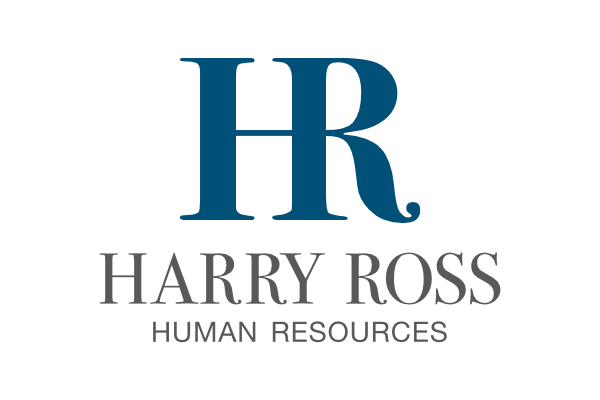Is There Such a Thing as an HR Time Machine?
Being a Human Resources Leader in a small/medium business is a full-time job on its own with responsibilities such as recruiting and hiring, payroll and benefits management, employee relations and performance management. With an already full plate, how are HR Leaders supposed to administer additional programs and take all the time to solicit and act on feedback?
There is no magic bullet that will suddenly give HR Leaders another 20 hours per week to focus only on engaging and motivating employees, but there are things you can do that will end up saving you time so that you can reinvest in other engagement activities.
Assess the business “pain”.
One of the first things to do is honestly assess where the biggest gaps are in connecting engagement to the business objectives of your organization. Looking for the biggest “pain”, and putting processes in place to minimize it will automatically help with your engagement issues, and save you time.
For example, if your turnover is high, take a look at the data to determine where and why turnover is happening. If you can determine that your company has higher turnover with employees under 6 months with the company, and your exit interviews are telling you that new employees did not have a good onboarding experience, you may need to revamp the hiring and onboarding process.
Don’t assume that you have gotten to the bottom of the issue until you have asked the “what else?” question at least three times. In the example above, the “what else?” question might be “is it really just the onboarding process that needs fixed, or do we have a bigger hiring issue?” The next “what else?” question might be “what part of the onboarding process is broken?” or “is the process fine, or do we have an execution problem?”
By challenging your own assumptions, you can really get to the meat of the issue and really improve your turnover results for employees under 6 months. This will give you time back from recruiting and onboarding to keep investing in engagement activities.
Automate feedback as much as possible.
Getting feedback and suggestions from your employees is a great way to improve engagement IF you have the time to analyze it, determine recommendations, and communicate those changes back to employees. There are many choices out there to help you collect and organize employee feedback from frequent pulse surveys to more in depth surveys.
The advantage of pulse surveys is that they are generally simple for employees to take, they are focused on a specific question or topic, and therefore are much easier for the HR Leader to digest than an extensive annual survey with follow up meeting after meeting!
The other advantage of pulse surveys is that the feedback is in real-time, so you are hearing about the issues that are important to your people in the present tense not the past tense. This allows you to deal with issues before they fester and become time thieves!
The key to making surveys work for you is how you communicate the results, and any changes you make as a result of the surveys.
Many of the pulse surveys out there have a mechanism to let employees know the results, and even a mechanism where you can inform your employees of any changes that occur because of their feedback. To even take this to a higher level, develop a communications process to give employees feedback in person (all-hands meetings), vis a newsletter, or through video conferencing.
The sooner you are able to figure out the issues that your employees care about, the faster you can deal with them, and save yourself time in the long run because issues won’t escalate.
Know your influencers.
In every organization there are “influencers”- employees at every level, no matter what their job title, that seem to have a strong pulse on what’s going on in the organization. By developing a trusted relationship with those players, you can use them to gather information, bounce ideas off of, and maybe get to the root of any issues or problems faster.
This can be as simple as informal one-on-one coffee-chats or focus group discussions, depending on the information you are seeking. However, for them to trust you, you must keep what they share with you confidential. The last thing you want to do is sell them out, especially in front of their peers.
This group can also be helpful about providing suggestions and ideas for improving employee engagement. For example, they might be a good source of information about what kinds of rewards or celebrations that would resonate with their team.
You know you really have a trusted partner when they bring you information on their own, without you asking any questions. That type of information can be very valuable in nipping potential issues in the bud before they become big issues that take a lot of time to fix.
We all wish we had a time machine that could add a few extra hours to our day. We’re sure with those extra hours, we will be able to stay on top of our “regular” jobs, and have time to build that amazing culture we all want. The reality is that no such machine exists, so if we want to build a great culture, with engaged, aligned and motivated employees, we have to start by getting ahead of issues that end up taking more time to deal with down the road.

